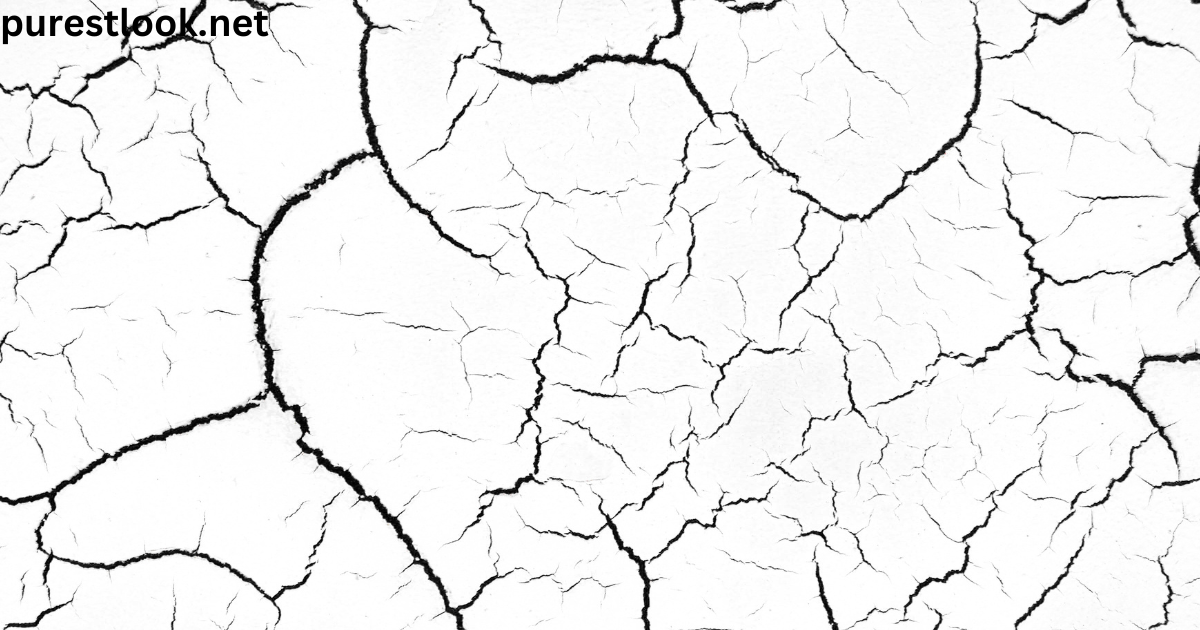Understanding what crack looks like is crucial for identifying its presence and addressing concerns related to drug use.
This article provides a detailed description of its appearance, variations, and associated risks, all presented in simple and clear terms for easier comprehension.
What Does Crack Look Like?
Crack cocaine typically appears as small, rock-like crystals. Its color ranges from off-white to pale yellow, depending on its purity and the substances used during production. The texture is hard and brittle, which makes it distinct from powdered cocaine.
Common Characteristics of Crack
| Characteristic | Description |
|---|---|
| Appearance | Small, irregular-shaped crystals or rocks |
| Color | Off-white to yellowish |
| Texture | Hard, brittle, and chalky |
| Odor | Chemical or slightly sweet smell |
How Is Crack Different From Cocaine?
Crack is a form of cocaine processed with baking soda or ammonia to create a solid substance. Unlike powdered cocaine, crack is smoked, making it more potent and addictive.
| Feature | Crack | Powdered Cocaine |
|---|---|---|
| Form | Hard crystals | Fine powder |
| Color | Off-white to yellowish | White |
| Usage | Smoked | Snorted or injected |
Signs Someone May Be Using Crack
Recognizing the signs of crack use can help in early intervention. Some physical and behavioral signs include:
- Burn marks on fingers or lips
- Restlessness and hyperactivity
- Dilated pupils
- Weight loss and poor hygiene
- Paranoia and mood swings
Health Risks of Crack Use
Crack use poses severe health risks, including:
- Respiratory problems
- Increased risk of heart attack or stroke
- Mental health issues like anxiety and paranoia
- Damage to the lungs and throat due to smoking
How to Address Concerns About Crack Use
If you suspect someone is using crack, approach the situation with empathy. Encourage them to seek professional help, and provide information on rehabilitation services.
Conclusion
Understanding what crack looks like and recognizing the signs of its use are essential steps toward addressing drug-related concerns. By staying informed about its appearance, health risks, and behavioral signs, you can take proactive steps to support individuals struggling with addiction. If you suspect crack use, seeking professional help and providing compassionate support can make a significant difference in addressing this issue effectively.
FAQs
What are the visual signs of crack?
Crack appears as hard, rock-like crystals ranging from off-white to pale yellow in color. Its texture is brittle and chalky, with an irregular shape.
Is crack cocaine always the same color?
No, the color can vary depending on its purity and the production process. It typically ranges from off-white to yellowish hues.
How can I tell if someone is using crack?
Signs include burn marks on fingers or lips, restlessness, mood swings, dilated pupils, and sudden weight loss. Behavioral changes like paranoia may also occur.
What health risks are associated with crack use?
Health risks include respiratory issues, heart attack, stroke, mental health problems, and damage to the lungs and throat caused by smoking.
Where can someone seek help for crack addiction?
Rehabilitation centers, mental health professionals, and community support groups offer resources for individuals seeking help with crack addiction.
